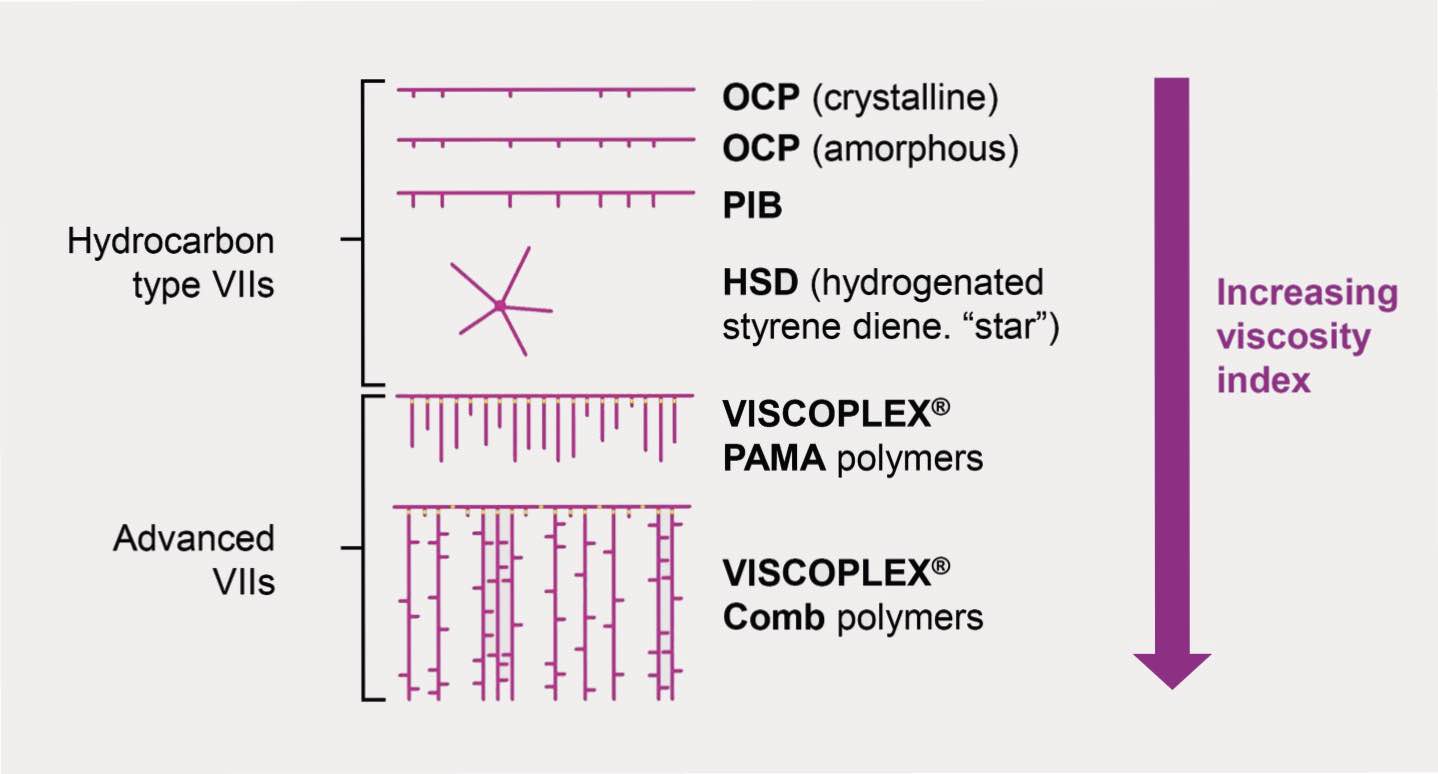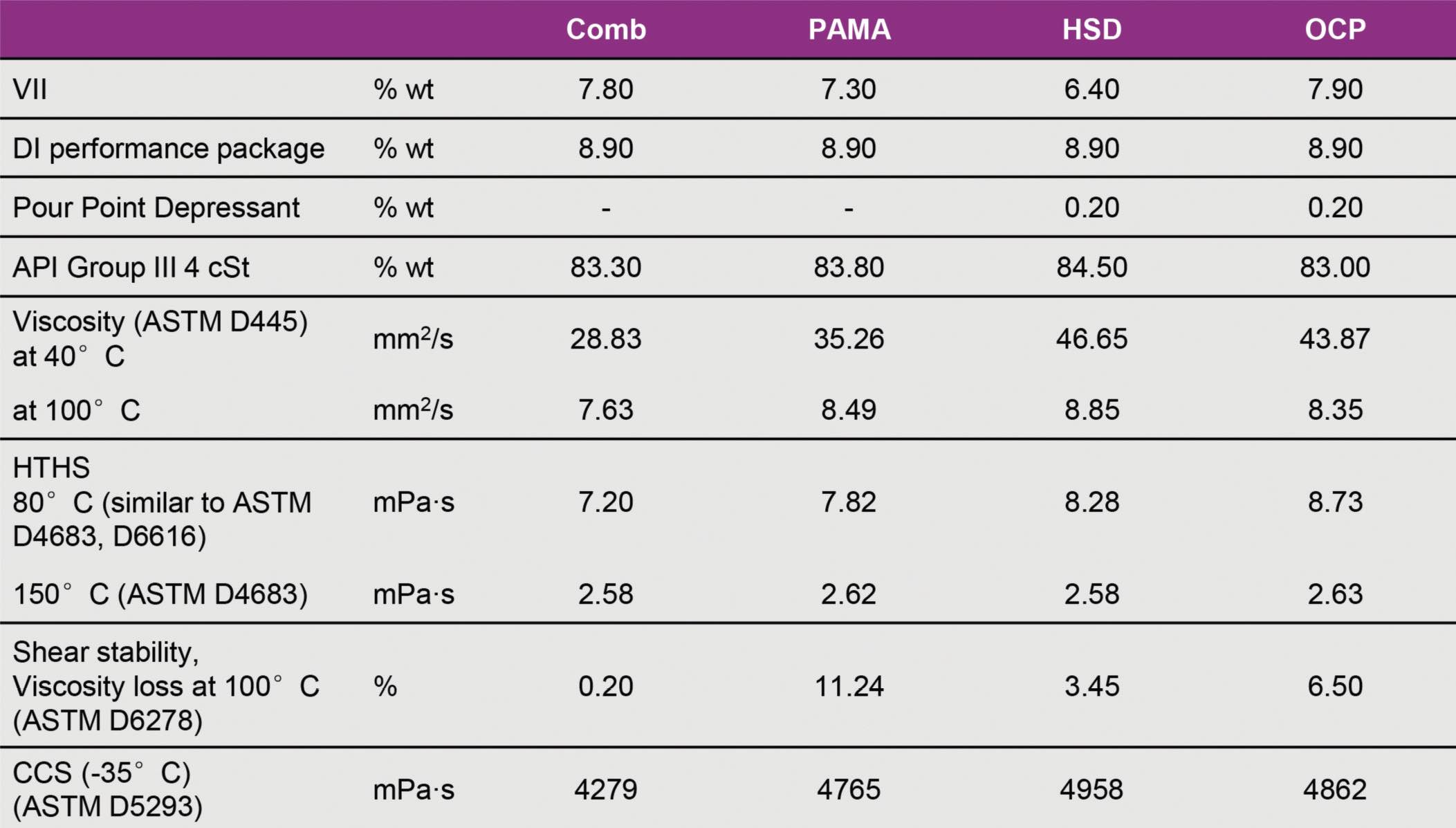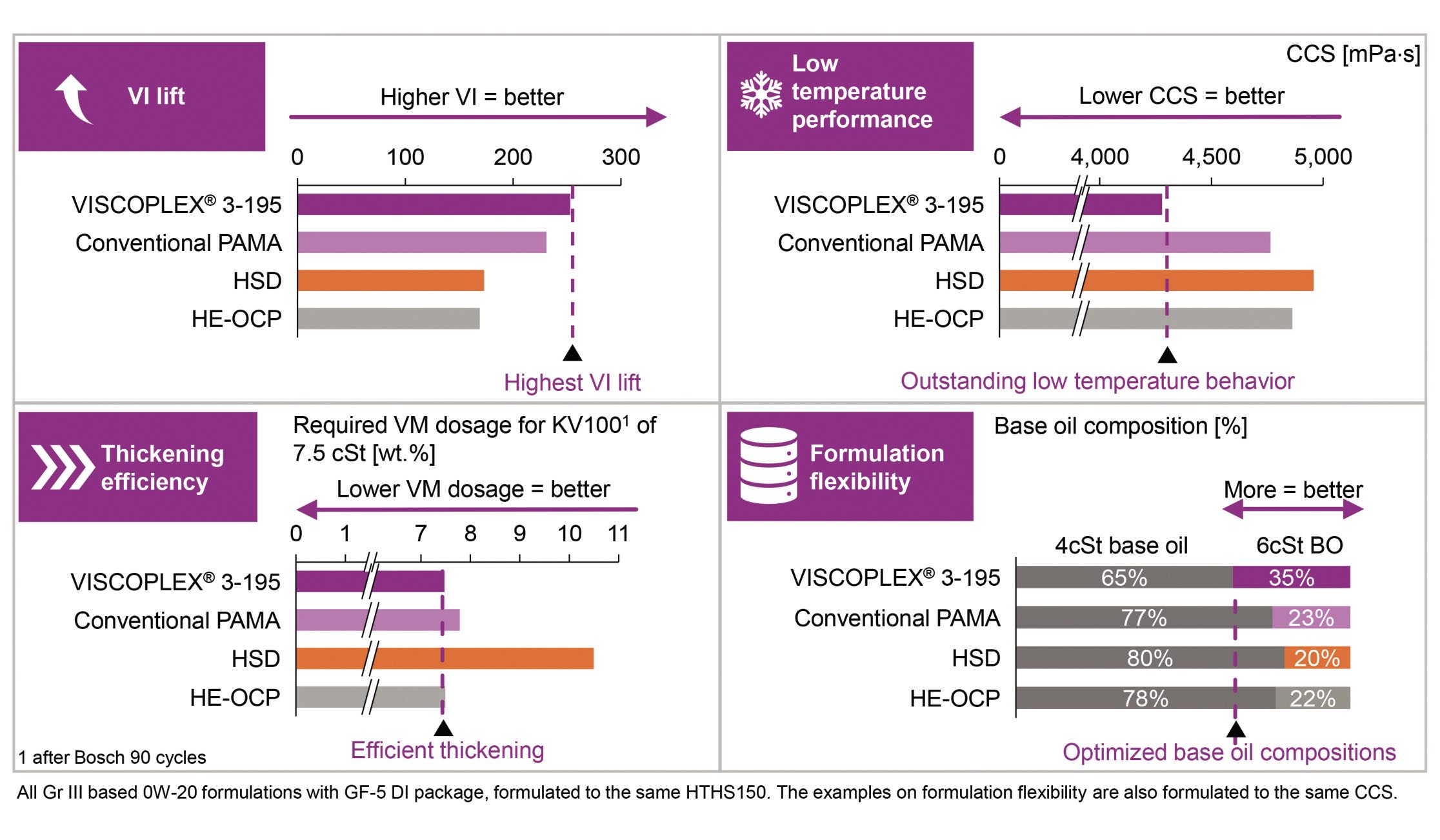Evonik Oil Additives USA, Inc.
Fuel Efficiency AND Attractive Formulation Cost – How Evonik Helps to Enable Both in Ultra-low Viscosity Engine Oil Formulations
By Sabrina Strube, Global Technology Manager Automotive, Evonik Operations GmbH | TLT CMF Plus November 2022
Evonik is a strategic partner to the automotive industry and to lubricant formulators. The German-based Specialty Chemicals company serves the automotive industry with a breadth of products ranging from coating additives to silica to lubricant additives. Sustainability is considered a key driver of growth and consequently work on improving the company’s carbon footprint as well as handprint through continuous investments in sustainability-related innovations and by partnering along the value chain. Evonik’s Oil Additives business line has committed itself to reduce its specific carbon footprint 30% by 2025 (versus 2019). It substantiates the efficiency gains that are enabled by using its products with comprehensive life cycle assessments. The goal is to accelerate the growth of more sustainable lubricants together with its customers. It is no surprise that the Oil Additives specialists at Evonik also invented a pioneering viscosity index improver technology that allows lubricant marketers to maximize fuel economy: comb polymers. Find out more on the following pages about how comb polymers work and why it is worth investing into this technology.
 Market Trends and Drivers
Market Trends and Drivers
While the automotive industry is shifting towards new mobility, ultra-low viscosity engine oils drive CO
2-reductions for internal combustion engines, both in conventional cars and hybrid electric vehicles. OEMs seek to meet ever-tightening emissions standards and fuel economy target mandates. In addition, consumers drive the development by requesting more sustainable product choices, a trend that is present in all regions around the globe. Discussions about new industry standards in the US with ILSAC GF-7, in Europe with ACEA C7 as well as in several Asian countries, all have one common denominator: Saving CO
2 through increased fuel economy. For traditional combustion engines there is significant potential to drive CO
2-reductions by using lower viscosity fluids and by choosing the right additives. For this reason and based on data from various market research institutes, Evonik predicts the ultra-low viscosity engine oil grades to continue to grow 8% annually throughout 2030. The expectation is that 0W-20 engine oils will be the dominating fuel economy viscosity grade in the future. One proven way to maximize fuel economy for those engine oils is by using products from Evonik’s VISCOPLEX® portfolio.
Engine oil technology does not only play a key role in improving the fuel economy in conventional combustion engines but also helps to face challenges of hybrid vehicles. Typically, hybrid vehicles run with lower engine temperature due to the infrequent engine operation. The lower operating temperature of the engine leads to an increased accumulation of water and fuel in the engine oil. To avoid the build-up of sludge, lubricant marketers may look for lubricant formulations with improved emulsion retention. Evonik offers dispersant products that help to improve emulsion.
Viscosity Index Improver (VII) technologies
Choosing the right VII technology is a critical puzzle piece for lubricant formulators to overcome the challenges of meeting the ambitious fuel economy and performance targets, while simultaneously offering novel solutions at competitive costs. The current industry trends can be directly translated into VII requirements like providing a high viscosity index (VI) lift and a good base oil compatibility. There are different VII technologies present in the market
(Graphic 1). Those differ in terms of chemistry as well as in viscometric performance. Olefin co-polymers (OCP) are predominantly used in standard engine oil formulations. Once lubricant marketers are targeting to formulate a fuel economy oil, they mostly evaluate more advanced VIIs like hydrogenated styrene dienes (HSD) as well as polymethacrylate (PAMA) and comb polymers. Comb polymers show the highest VI lift of all VII technologies. The VI is a parameter that characterizes how a liquid responds to temperature changes – specifically how the viscosity changes between 40°C and 100°C. An engine oil formulation that exhibits a minor viscosity change between these two temperatures has a high VI number, while another oil having a larger viscosity increase will have a smaller VI number. Viscosity is important because it impacts engine lubricant properties such as oil film thickness which is critical for protecting engine parts in high temperature engine environments and low temperature pumpability needed to protect engines during starting in cold climates.
 Graphic 1: Overview of Viscosity Index Improver (VII) technologies.
Graphic 1: Overview of Viscosity Index Improver (VII) technologies.
The unique chemical structure allows the comb polymer to contract at low and medium temperatures therefore not thickening the oil. This helps to reduce viscosities thus leading to a higher fuel economy of the engine oil. At high temperatures, comb polymers expand thus contributing to the thickening of the oil. This assures adequate wear protection.
Table 1 shows a formulation example comparing the different VII technologies and indicating the viscometric performance advantages of comb polymers at the same HTHS150 of 2.6 mPa·s.
When comparing kinematic viscosity at 40°C and high temperature high shear viscosity at 80°C combs score with KV40
combs = 28.83 mm
2/s and HTHS80
combs = 7.20 mPa·s versus the alternate VII technology of HSD with a KV40
HSD = 46.65 mm
2/s and HTHS80HSD = 8.28 mPa·s thus indicating better fuel economy of the formulation using comb polymers.
 Table 1: Formulation examples with different VII technologies.
VISCOPLEX® 3-195
Table 1: Formulation examples with different VII technologies.
VISCOPLEX® 3-195
There is a range of comb polymers available that are matching different formulation requirements. VISCOPLEX® 3-195 is the newest addition to Evonik’s VII product portfolio. VISCOPLEX® 3-195 has been designed for highest viscometric performance across ultra-low viscosity grades, including 0W-16 and 0W-20, at attractive costs. The unique chemical composition and structure leads to a very efficient thickening performance of VISCOPLEX® 3-195.
Graphic 2 shows that a formulation using VISCOPLEX® 3-195 only requires a VII dosage of 7.5 wt.%. to reach a kinematic viscosity at 100°C of 7.5 cSt. A low VII treat rate can directly be translated into a potential cost advantage for lubricant formulators. The same is true for an optimized base oil composition. When using VISCOPLEX® 3-195 formulators may switch to a Gr II instead of a Gr III oil while still matching a high-performance level. The use of a higher amount of a highly viscous base oil enabled by formulating with VISCOPLEX® 3-195 may also benefit engine protection. Further benefits for customers using a VISCOPLEX product include best-in-class shear stability and outstanding low temperature performance.
 Graphic 2: Viscometric benefits using VISCOPLEX® 3-195.
Graphic 2: Viscometric benefits using VISCOPLEX® 3-195.
There is a wide range of benefits using VISCOPLEX® polymers in your formulation. The opportunity exists now to maximize fuel efficiency using comb technology.
Visit
www.viscoplex.com to discover more, or contact Sabrina Strube, Global Technology Manager Automotive directly at
sabrina.strube@evonik.com.